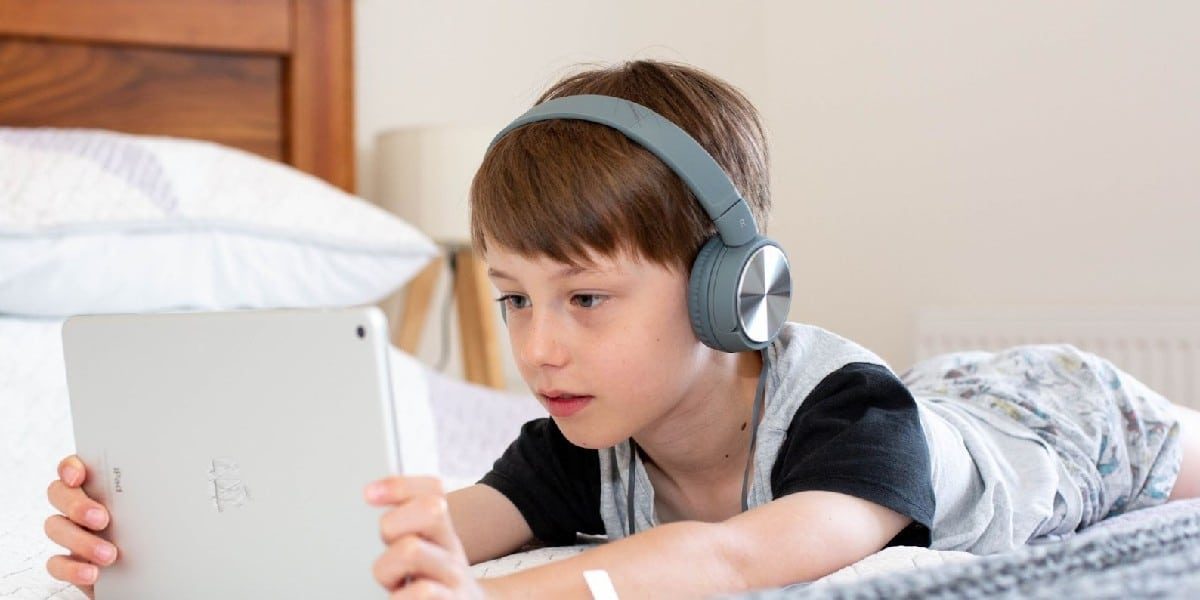Image Commercially Licensed From: Unsplash
Social media has recently become a routine part of daily life for people of all ages, including kids. However, while social media does offer many advantages and opportunities, it also presents several concerns and difficulties for kids.
ExpressVPN reveals that 29% of children in the US and 21% in the UK between the ages of 4-13 have social media accounts. The study shows that four years old spend 21 minutes on social media daily and that screen time increases as they grow older.
Children’s use of social media has both positive and negative effects. Though the adverse effects are often looked upon more seriously, some positives exist in the sea of negatives. With social media, children can have the opportunity to engage in healthy online communities, share their creativity, and be inspired by others. They are also able to, most importantly, gain access to a world of valuable resources and learning tools and online courses on social media and the internet in general.
Amid these good uses of social media, there are threats that children face daily using social media at any age. That makes it highly important for parents and guardians to be aware and vigilant to protect their kids from the danger social media dolls out on kids.
Children may experience cyberbullying or become bullies themselves, which can have long-lasting impacts on their mental health and general well-being. They might develop a social media addiction, harming their physical and emotional health. They might spend too much time on social media, putting off their studies, hobbies, and other pursuits. Children are particularly vulnerable to online predators looking to prey on them and do severe, irreparable harm because the social media world is so large and home to such a diverse population.
Children on social media will confront the same issues as adults have with fake news. Due to the impressionable nature of youngsters, this has a different outcome since, over time, false information and fake news may alter their thoughts and beliefs. Since they are naive and unassuming, they risk mistakenly disclosing personal information like their home address, phone number, and location to faceless strangers on these platforms.
As scary as this may sound to parents and guardians today, there are ways to ensure your child or ward’s safety as they navigate the positives of social media. Education and awareness are the first call points when dealing with these issues. You cannot monitor 24/7 what your children do on the internet, but arming them with the information on these dangers and how they can avoid them helps process. Talk about the ills of social media and emphasize the need to keep private information private on all platforms with your kids.
With education, supervision should follow through. Setting parental controls and tracking their browser history, social media accounts, and the like could help protect them. Whatever you find can be used as talking points with them. You want to keep open communication so they feel free to share these things with you. Encouraging positive online behaviors like engaging in positive online communities, resources, and learning tools is critical too.
Prolonged screen time affects adults too, let alone children; limiting their screen time would help fight the addictive tendencies social media has on children. To fill in the extra time, plan robust real-life connections. It could be outdoor activities or just time with the family. That would help them find more use for their time than scrolling mindlessly on Instagram.
In conclusion, social media can positively and negatively affect kids. Therefore, parents and other adults must understand the dangers of social media use. Parents and guardians can teach their kids about internet safety and monitor online behavior to reduce these hazards. Moreover, they can motivate kids to exercise more, explore their creativity, and interact concretely with the outside world. By doing this, kids can take advantage of social media’s advantages while avoiding its risks.



















